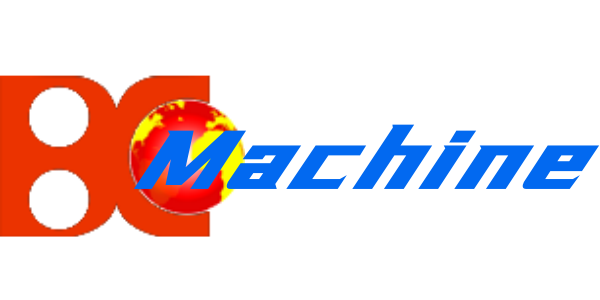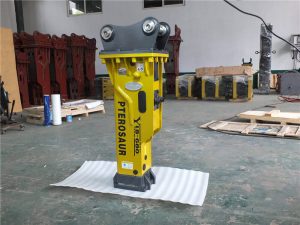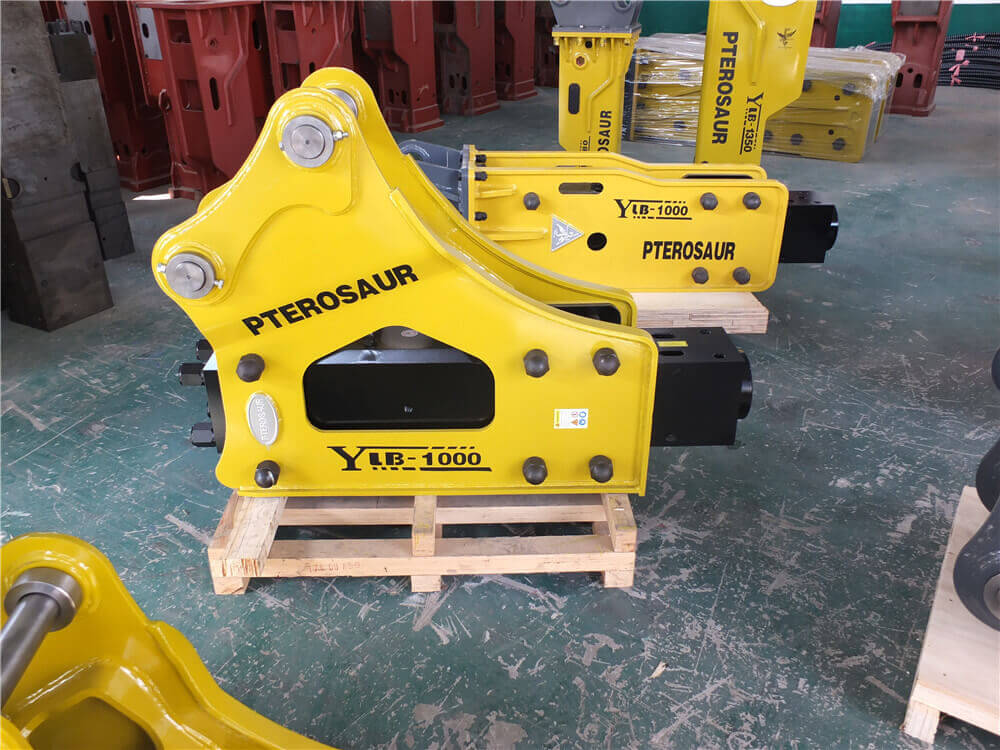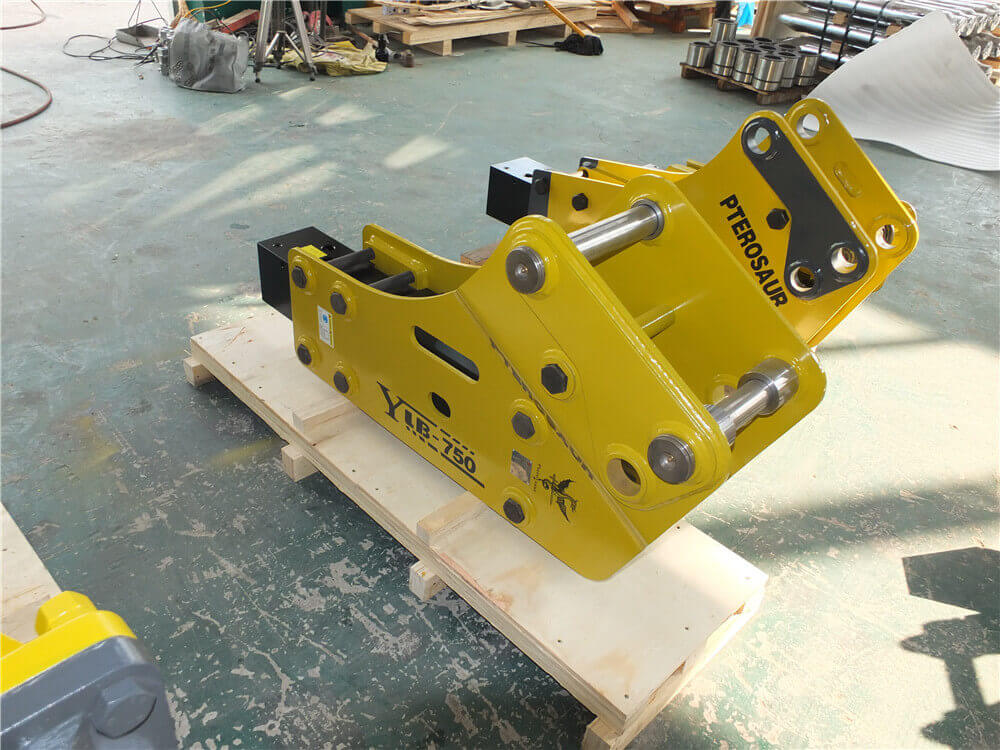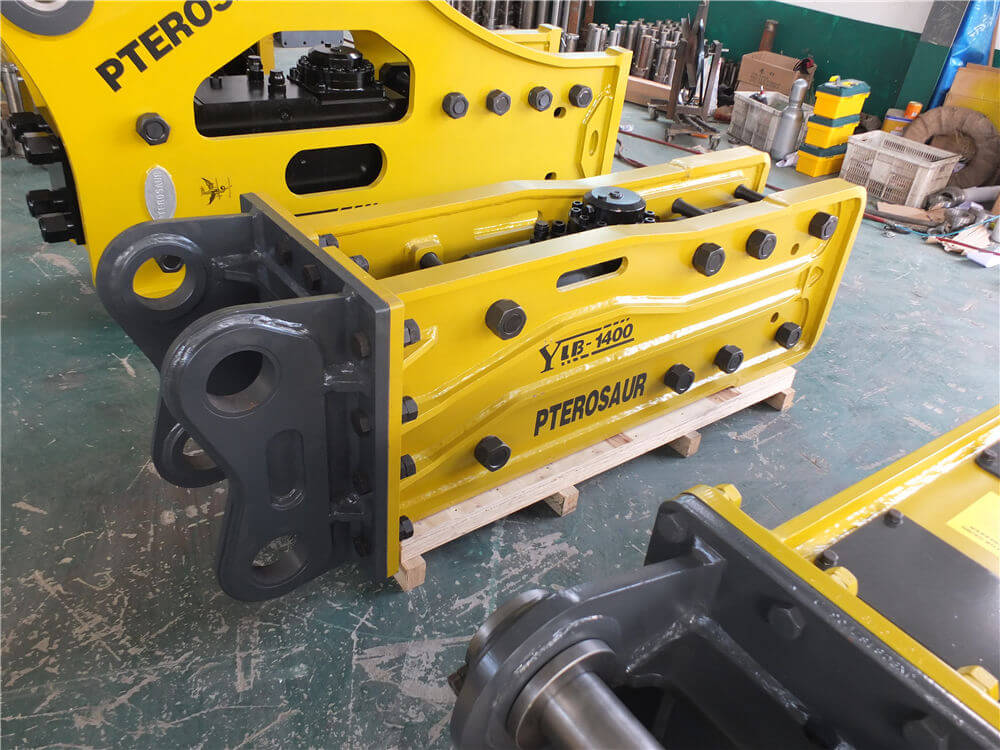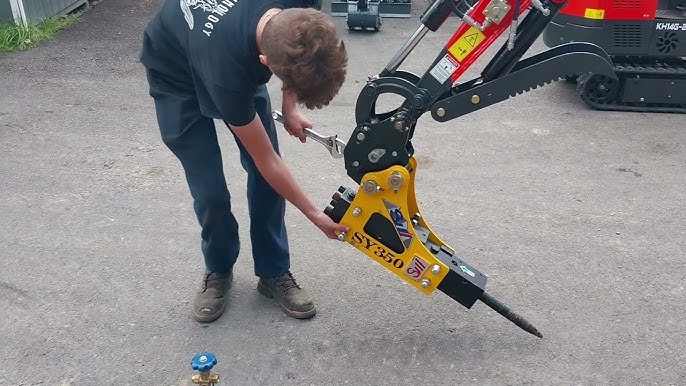Comprehensive Guide to NPK Hydraulic Hammers
NPK Hydraulic Hammers are essential tools for demolition and excavation, offering efficiency and power in various applications. This article aims to provide a thorough understanding of NPK Hydraulic Hammers, including their operation, maintenance, and available resources.
Understanding NPK Hydraulic Hammers
NPK Hydraulic Hammers are designed to enhance the capabilities of excavators, backhoes, and skid steers. These tools are engineered for precision and durability, making them ideal for heavy-duty tasks. They are available in several models, including the GH Series, E Series, and PH Series, each with unique specifications tailored to different operational needs.
Key Features
-
Self-Regulating Operating Pressure: NPK Hydraulic Hammers automatically adjust their operating pressure, ensuring optimal performance without manual intervention.
-
Multi-Valve Operation: The NPK Multivalve is designed for boom-mounted attachments, allowing seamless integration and control when operating the hammer.
-
Underwater Operation Capabilities: Certain models, such as the H8XA and H10XB, are modified for underwater usage, making them versatile tools for construction and demolition in diverse environments.
Operator’s Manual Overview
The NPK Hydraulic Hammer Operator’s Manual is a comprehensive resource for users. It includes vital information on:
-
Operating Principles: Detailed instructions on how to effectively use the hammer, ensuring safety and efficiency.
-
Routine Inspection and Maintenance: A checklist for regular maintenance to maximize the lifespan and performance of the hammer. This section emphasizes the importance of warming up the equipment and performing inspections before operation.
-
Safety Guidelines: Essential safety protocols to follow while operating the hammer, including information from the AEM Hydraulic Mounted Breakers Safety Manual.
-
Installation Kits: For carriers lacking an adequate auxiliary or spare valve section, the manual provides insights into the NPK Hydraulic Installation Kit, which includes a solenoid-operated priority flow control valve.
Maintenance Tips
To ensure the longevity and efficiency of NPK Hydraulic Hammers, the following maintenance practices are recommended:
-
Regular Greasing: While some models may have an autolube system, manual greasing is still advised to ensure all components are adequately lubricated.
-
Routine Inspections: Before each use, inspect the hammer for any signs of wear or damage, focusing on critical components such as the chisel and hydraulic connections.
-
Consult the Manual: Always refer to the operator’s manual for model-specific maintenance procedures and troubleshooting tips.
Accessing Additional Resources
NPK provides a range of resources for users, including:
-
Sales Brochures: Detailed brochures on various hammer models, highlighting specifications and applications.
-
Service Bulletins: Updates and important information regarding the operation and maintenance of NPK Hydraulic Hammers.
-
Online Support: NPK’s photo website and YouTube channel feature searchable galleries and instructional videos for enhanced user knowledge and troubleshooting.
Conclusion
NPK Hydraulic Hammers are robust tools designed for efficiency and durability in heavy-duty applications. Understanding their operation, maintenance, and available resources is essential for maximizing their potential. Users are encouraged to read the operator’s manual thoroughly and follow maintenance protocols to ensure safe and effective performance. Whether operating underwater or on land, NPK Hydraulic Hammers are invaluable assets in the construction and demolition industry.
